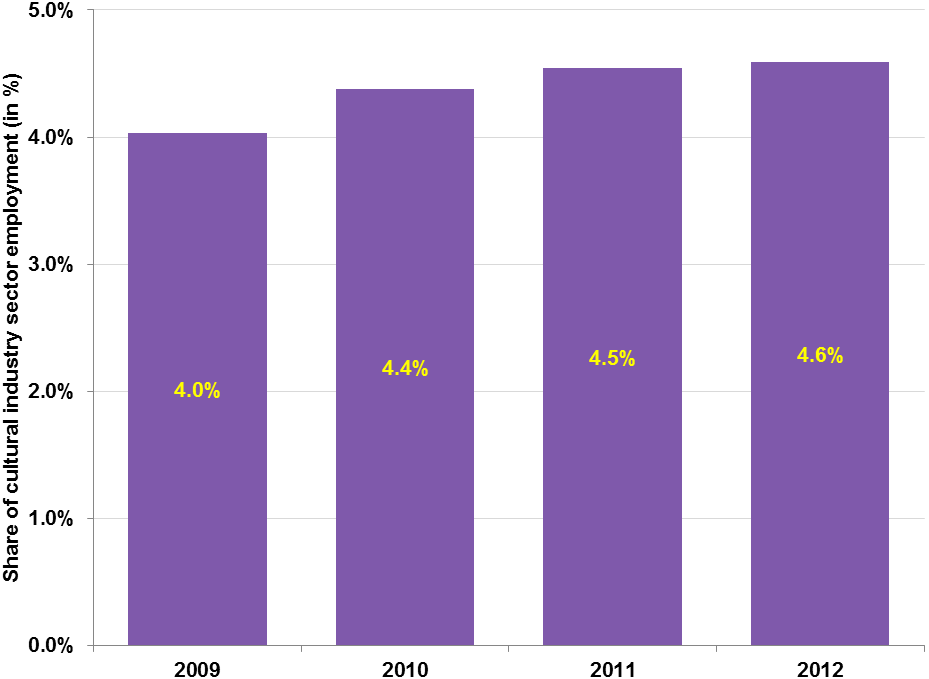Serbia case study
The UIS has released a new report that tests the methodology for measuring the economic contribution of cultural industries, using data from Serbia.
The aim of the case study is to demonstrate that it is feasible to produce basic measures of the economic contribution of cultural industries at a national level using the method proposed in the 2009 UNESCO Framework for Cultural Statistics (Handbook 1) .
The report sketches a portrait of cultural industries in Serbia between 2008 and 2012, and their contribution to the national economy.
The findings include:
- Small enterprises represented 97% of the total number of cultural industry enterprises in 2012.
- The Gross Value Added (GVA) of cultural industries decreased in Serbia from 4.4% of the total national economy in 2009 to 3.6% in 2011.
- Cultural employment is rising in Serbia, albeit slowly. Workers in cultural industries accounted for 4.6% of the total number of employees in Serbia in 2012, up from 4% in 2009.
- The largest employment domain is Design and Creative Services, which represented approximately 23% of the cultural workforce in 2012. The smallest number of workers could be found in the Performance and Celebration domain with a share of 4.6%.
Contribution of cultural industry sector employment to total employment, 2009-2012

Calculation based on data from administrative sources.
The report highlights the key issues to consider when measuring the economic contribution of cultural industries. It also includes an overview of how basic measures of economic contribution of cultural industries can be implemented at the national level, together with information about its statistical limitations.
The report concludes with recommendations for improving national data countries to better measure and support the development of evidence based cultural policy development.
Learn more:
16/4/2015